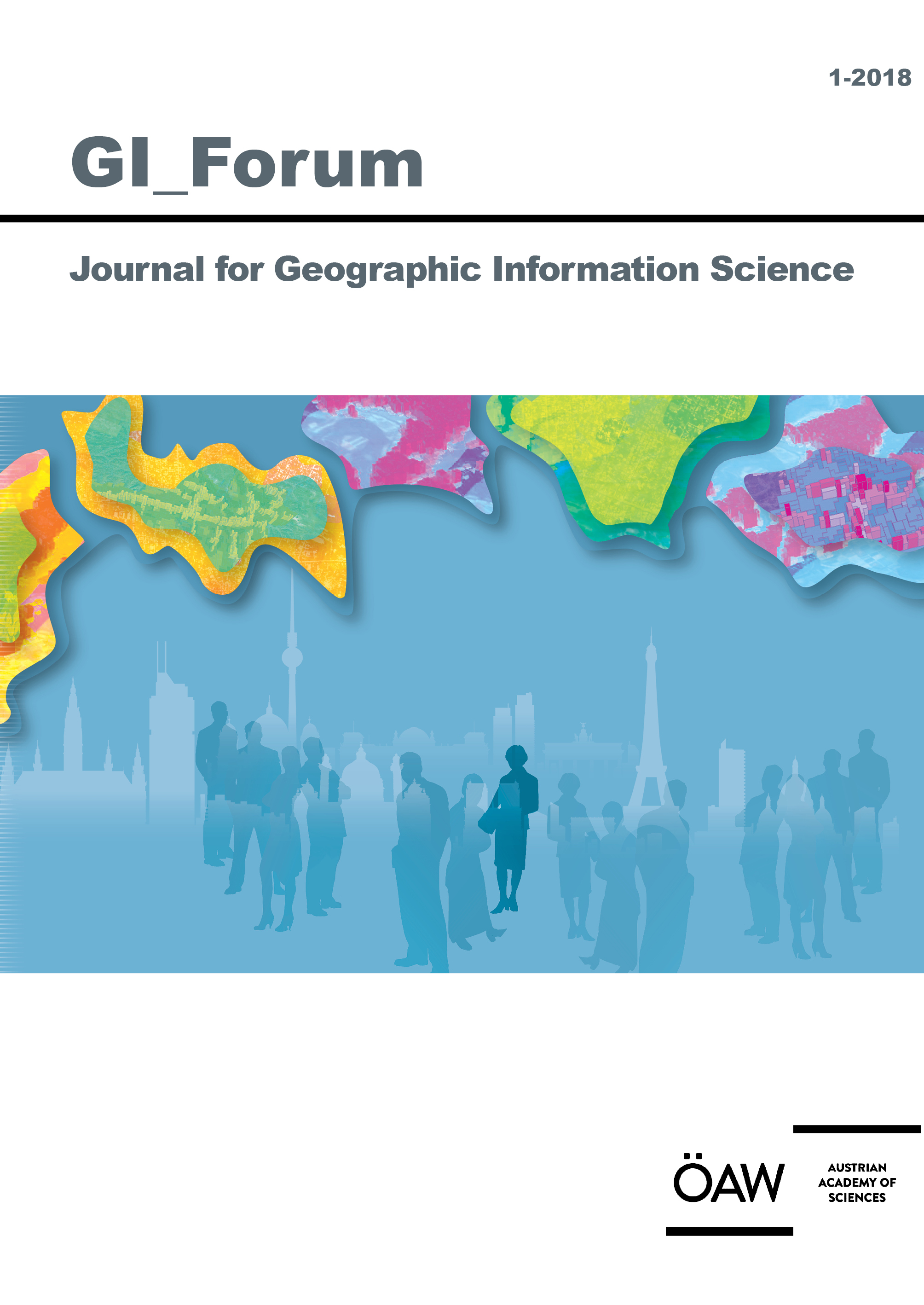
GI_Forum 2018, Volume 6, Issue 1, pp. 162-176, 2018/06/22
Journal for Geographic Information Science

Although mobility is spatial by its very nature, spatial factors are rarely explicitly considered in the promotion of active commuting. However, active commuting bears great potential for increasing physical activity among employees and can thus contribute to health promotion. We argue that spatial models and analyses are building blocks for more efficient strategies in corporate mobility and health promotion measures. Specifically, we propose (a) a routing algorithm that optimizes commuting journeys in terms of health effectiveness; (b) assessment models, which express the suitability of workplace environments for active commuting; (c) spatial analyses that estimate the potentials of different modes for any given location, and (d) spatial analyses that support awareness-raising for active mobility. The elements are conceptualized on a generic level and then applied to a case study in Salzburg, Austria. In this case study, we demonstrate the integrative power of a geo-spatial approach which facilitates holistic perspectives on healthy commuting and has the potential to serve as an evidence base in targeted interventions.
Keywords: health, active commuting, routing